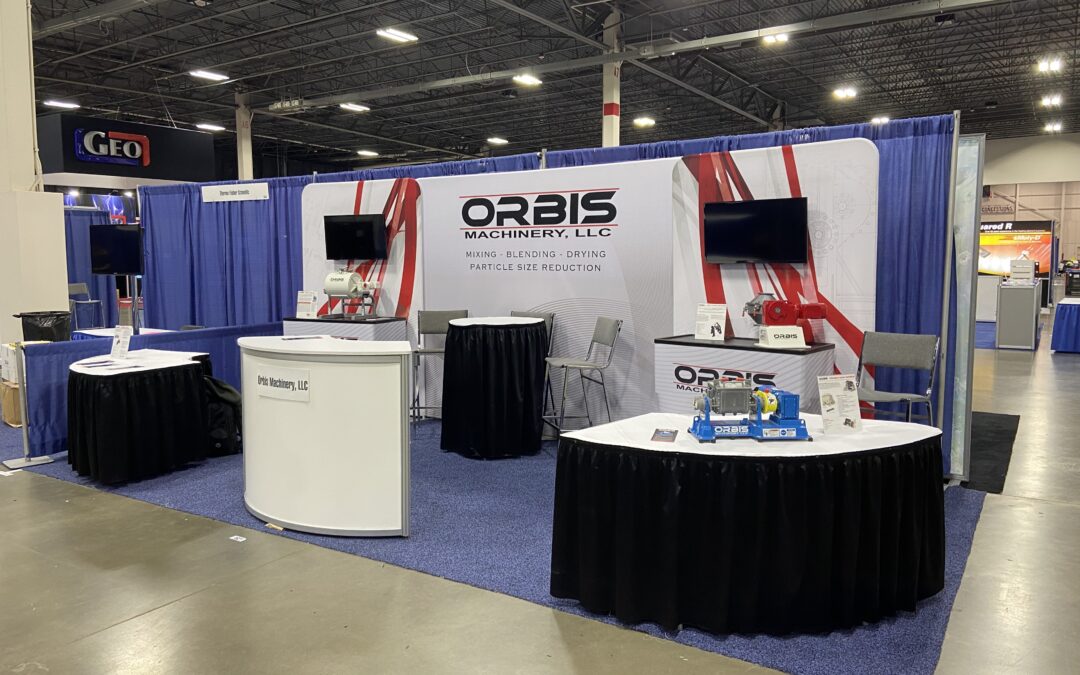The current tariffs being implemented across oceans will no doubt have economists on their toes. On one hand, many believe these tariffs will contribute to bringing manufacturing jobs back from overseas. Others feel that more harm than good will come of the implementation. Regardless of what side you’re on, there is no doubt we will see impacts on the quality of products, use of technology, and types of materials used.
As of now, the most impactful tariff will be a 10 percent tax on aluminum and a 25 percent tax on steel. Both materials are widely used, ranging from canned foods to industrial equipment manufacturing. While these major trade implications will not affect the everyday job of an engineer, these changes will encourage discussions of how products are made and new manufacturing techniques that can offset price increases.
Reshoring of Manufacturing Jobs
The number of manufacturing jobs has been on a steady decline since 1979, now settling at approximately 12.7 million jobs. The number of products we see produced outside of the US is often to blame as cheap labor has encouraged transferring of work overseas. Despite this decrease in available jobs, output has consistently increased due to technological advancements, offshoring and automation. Ultimately, tariffs are believed to bring jobs back to the US.
While steel makers are praising the tariff, seeing exceptional rises in their profits, others are less convinced. Smaller US manufacturers are feeling the brunt of the tariff implementation as rising costs are driving some to produce their products overseas. For others, the increased cost of aluminum and steel are forcing them to cut jobs. Studies have shown that the net loss of jobs may fall anywhere within 140,000 to 400,000 jobs.
Technology
Nearly every industry will feel the affects on technology as the tariffs impact staple items such as chips and sensors. Modern economy is driven by such technology including automobiles and automation equipment. Even computers and supercomputers used in energy and biomedical fields will see increases in expenses to produce. As greater costs are incurred, will we see a slow down in technological development? Many believe this is the case.
Energy
Even solar cells are not exempt from the newly implemented tariffs, resulting in a drastic 30 percent increase when imported from China. The most affordable cells currently used in installations are imported from China and there is no doubt there will be clear impacts on these costs. Overall cell installations have already seen a reduction which is expected to have an overall impact of 11 percent, leaving nearly 23,000 people out of work.
Ultimately, while tariffs are encouraging product sales within the US, they will encourage some sectors to thrive and others to struggle. Those manufacturing the base products in which the tariffs have been imposed will see increased profits and job opportunities while smaller manufacturers utilizing those products will struggle due to increased costs. Only time will tell if the offset between industries will provide overall benefits or difficulties for the US.



